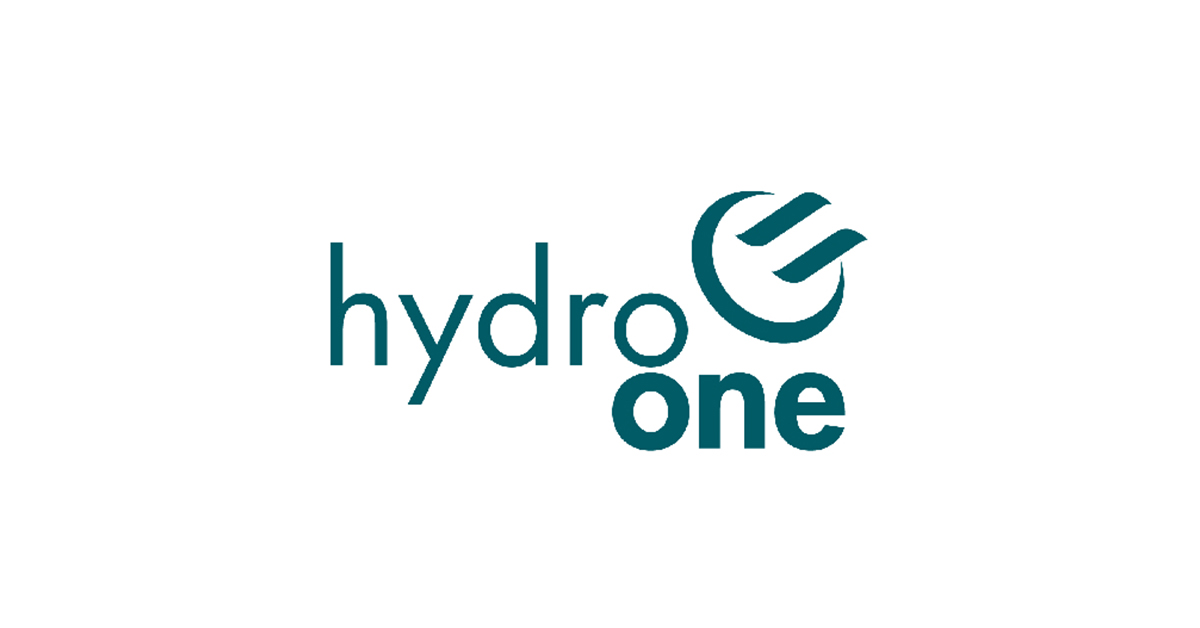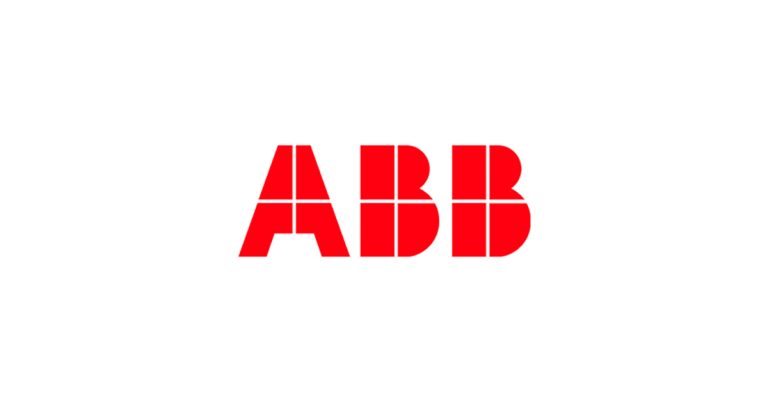Hydro One submits final Environmental Study Report for the St. Clair Transmission Line

February 7, 2024
Hydro One has submitted the final Environmental Study Report and Statement of Completion to the Ministry of Environment, Conservation and Parks for the St. Clair Transmission Line project. To ensure the transmission line is built with local interests in mind, Hydro One received and responded to important feedback from Indigenous communities, government agencies, elected officials, interest groups, residents and affected property owners before submitting the final report.
“Hydro One is pleased to have reached this important stage in the planning of this transmission project that will address the forecasted energy demand and growth in southwest Ontario,” said Sonny Karunakaran, Vice President, Strategic Projects and Partnerships, Hydro One. “Our team has been listening and working to ensure local community input is considered in a meaningful way. We’re committed to using construction methods that minimize the effects of this project in the community and on natural resources and habitats, including groundwater and agricultural lands.”
The final report details engagement during the Class Environmental Assessment (EA), including the route selection process. It also identifies potential effects to the natural and socio-economic environments along with the measures Hydro One will use to avoid, minimize or restore any negative effects of the project. Hydro One has made several commitments including:
- Using construction approaches that that limit or avoid effects to natural habitats, water, agricultural lands and the socio- economic environment. This includes minimize ground disturbances, noise and vibrations levels on groundwater sources and water wells by ensuring tower foundations remain a minimum of 30 feet above the top aquifer layer.
- Minimizing the inadvertent spread of invasive species and agricultural pests by replacing lines of trees and plants around agricultural lands with compatible vegetation after construction and keeping trees and plants that are not impacted by construction.
- Continuing to work with property owners to understand the unique features of their property.
“Hydro One has demonstrated a willingness to work closely with communities throughout this process by actively listening to our comments and providing mitigation measures, when possible,” said Darrin Canniff, Mayor of Chatham-Kent. “We look forward to working together to make progress on this critical project to help meet the increasing energy needs of our community and position Chatham-Kent for future growth.”
“Our township and communities are growing. We’re pleased to see the community come together to provide Hydro One with the feedback they need to build this critical project that will ensure residents in St. Clair have reliable power, now and in the future,” said Jeff Agar, Mayor of St. Clair Township.
The St. Clair Transmission Line is a proposed new double-circuit 230 kilovolt transmission line between the Lambton Transformer Station (TS) in St. Clair Township and the Chatham Switching Station (SS) in the Municipality of Chatham-Kent. As part of the Class EA, the expansion of Lambton TS and Chatham SS is also proposed, as well as an upgrade to the Wallaceburg Transformer Station which will increase the transmission reliability and resiliency for the Wallaceburg area. The line is expected to be in service in 2028. The project is part of a network of infrastructure projects across southwest Ontario that will unlock the electrification potential of Ontario’s economy and help address forecasted energy demand in the region.
As part of the project, Hydro One has offered five First Nations in the region 50 per cent equity ownership in the transmission line component of the project and is committed to working to advance the project in partnership.
To read the final report visit St. Clair Transmission Line Project | Hydro One.








